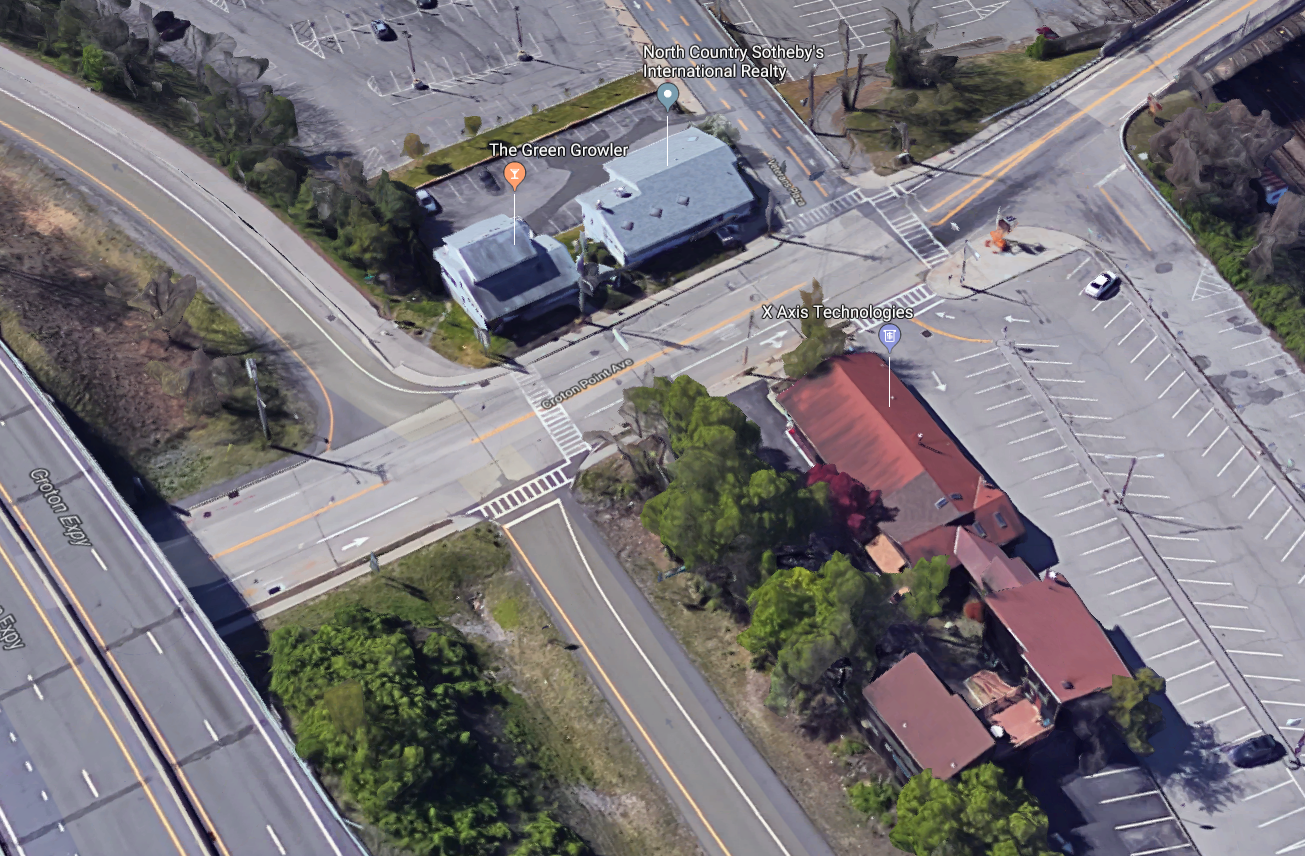The following letter was published in last week’s issue of the Gazette.
To the Editor,
When it comes to large capital projects and the millions of taxpayer dollars required to fund them, the performance of our Village Board has been—well, less than inspiring. Perhaps it’s the absence of fiscal acumen among Board members. Or maybe it’s their abject refusal to consult with the Financial Sustainability Committee (FSC) (a group of financial professionals established to assist the board in fiscal matters), possibly due to fear that the FSC will take exception to what the Board wants to do. Or, perchance, it’s something more nefarious. Who knows?
A case in point is the ill-advised Croton Point Avenue (CPA) Project, a program that should have been terminated years ago. We have already spent about $600K on design studies and the like, and when the bids arrived a couple of weeks ago, they were well above the amount anticipated by the Board and its consultant—much to the surprise of the Board and said consultant, but not to anyone else—and the Board voted to reject both of those bids.
Our Board will now try to figure out why so few bids were submitted and why the price tag wasn’t lower, and rebid the project later this year for completion in 2020. Why the Board believes that new bids will be lower than those already received is unclear.
At a recent Work Session, Mayor Pugh informed us that New York State had decreed that the project must be undertaken this year and that no changes to the specifications will be tolerated. Now the mayor must go to the state, hat in hand, and plead for an extension and maybe even permission to cut back the scope of the project to bring the cost within reason. If he is unsuccessful, the state grant of $250K is in jeopardy; that cost to be made up by you and me.
Should the subsequent bids also exceed expectations, the Board will be faced with a Hobson’s choice. Either proceed with the project and place a much higher debt burden on Croton’s besieged taxpayers or terminate the whole thing. In the latter case, as I understand it, we will have to refund about $350K in money taken from the grants and, in addition, pay off some $300K in bonds already issued, including interest, all with nothing to show for it.
“Clearly, despite all evidence to the contrary, our Board believes that, in fiscal matters, it is all-seeing and all-knowing, has all of the answers, and need not debase itself by consulting with anyone else, especially those with expertise in these issues. It is going to ram through all of its pet projects regardless of their costs and their impact on the benighted taxpayers of our village.”
But not to worry. It seems clear from their public statements that our Board members have committed themselves to proceed with CPA regardless of its cost. While the $1.5M included in next year’s draft capital budget for the project has been removed, it will be back with a vengeance in 2020-2021 to cover whatever the cost may be, based on the bids received next fall, whether it be $1.5M or $2.0M or $3.0M or more. And we will pay whatever that cost may be, less what remains in the federal and state grants.
Even more disturbing is the cavalier attitude taken by the Board towards the village’s Debt Policy, devised by the FSC and adopted by the Board. Croton is among the most highly indebted communities in all of New York State and the FSC developed this policy to reduce our indebtedness to a sustainable level over the next several years.
But during last week’s Work Session on the Capital Budget, when the Board was informed that, even without CPA, we would blast through the limits of the Debt Policy, the response was, “Well, so what!” “The policy is only a guideline and not a requirement.” “Previous Boards have borrowed even more.” Exactly. And that’s why we’re wallowing in the enormous debt that will hang over us for decades. And the Board’s longer-term capital projections suggest that the Debt Policy will be further violated every year on into the future and our already massive indebtedness will continue to grow.
Clearly, despite all evidence to the contrary, our Board believes that, in fiscal matters, it is all-seeing and all-knowing, has all of the answers, and need not debase itself by consulting with anyone else, especially those with expertise in these issues. It is going to ram through all of its pet projects regardless of their costs and their impact on the benighted taxpayers of our village.
And watch out for what they’re going to do next at Gouveia Park.
Sincerely,
Joel E. Gingold




















